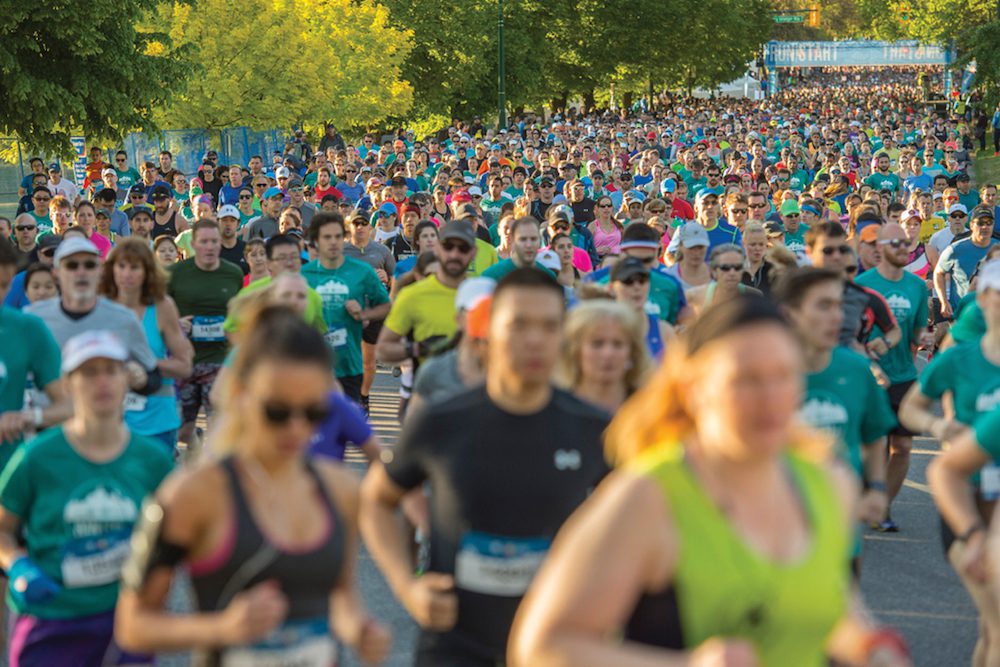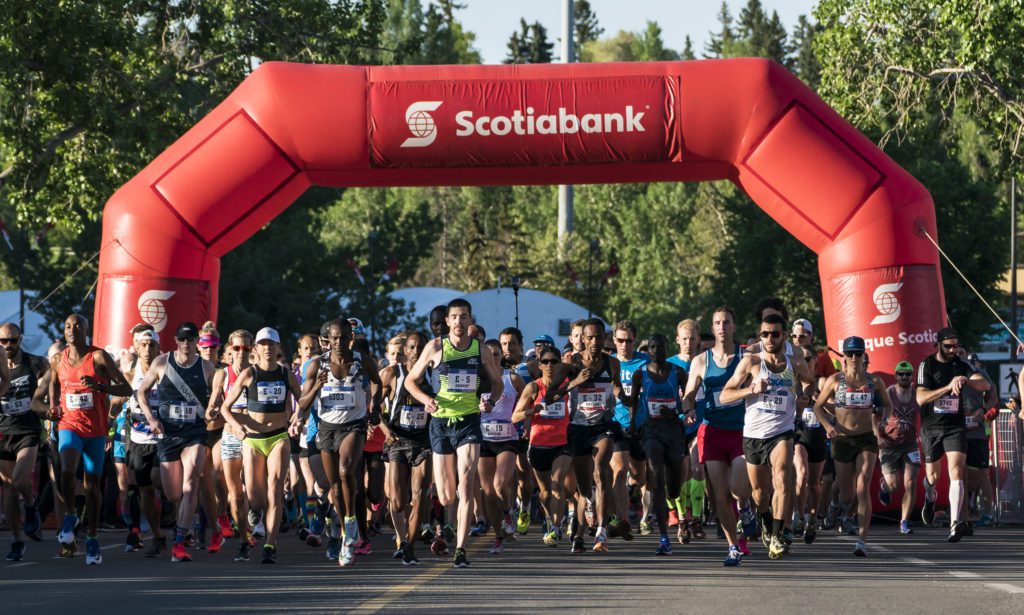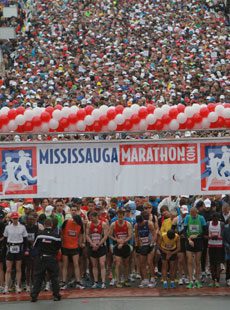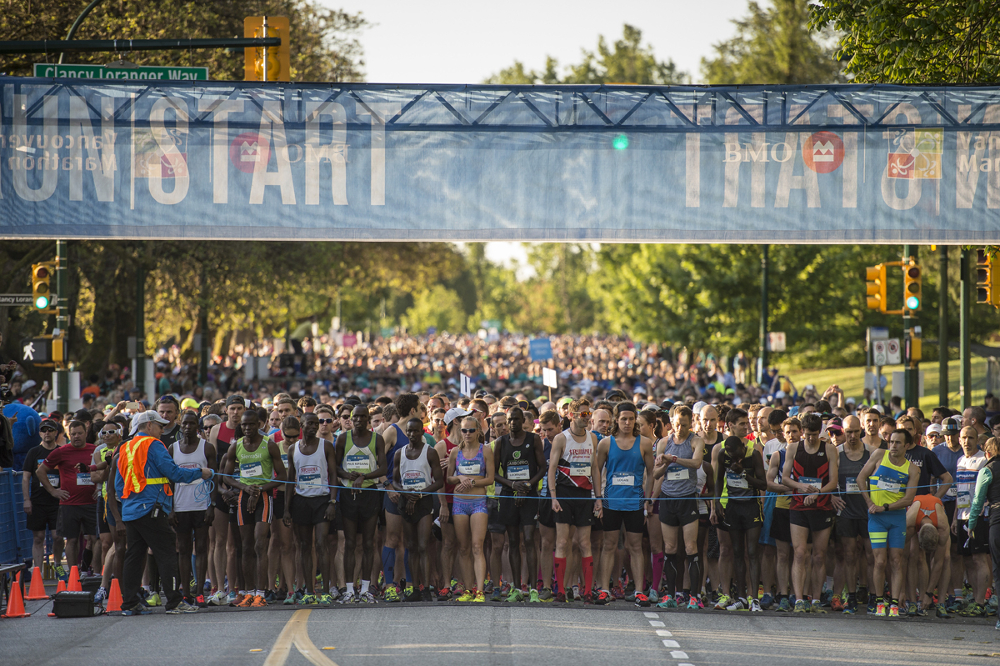From half to full: how to run your first marathon in 2019
Toronto chiropractor, marathoner and coach Brittany Moran offers some guidance on moving up from the half to the full in 2019

Studies show that most people’s new year’s resolutions are pretty much dead in the water by now, but there’s nothing like a really audacious goal to re-start your resolutions, and it’s not too late to decide you’re ready for a full marathon in 2019. We spoke to Toronto chiropractor, running coach and 2:40:46 marathoner Brittany Moran for some guidance on how to do exactly that, even as early as this spring.
RELATED: How to create a marathon training plan

Where to start
“In regards to jumping to the marathon, I would suggest a slow increase,” says Moran. “You should think of each training cycle as making small increases to your volume and intensity. The worst thing you can do is make too big an increase in your volume. It should be a slow build over time. So when going from the half-marathon to the marathon, you are going to want to give yourself a long training cycle in order to work your long run up to higher distances.”

What this might look like in practice is one of two options. You could target a half-marathon or 30K race in the spring, and then, after an appropriate period of rest, transition into a full marathon build-up with the strong volume base you built in the spring and targetting a fall marathon.
Or, if you have several half-marathons under your belt and raced in the fall of 2018 (and if you are OK with training through the winter), you could even consider a spring marathon, with a half-marathon as a tune-up race at least three to four weeks before race day. Assuming a four-month training cycle, you could manage a May marathon if you start this week. (There are marathons in Toronto, Mississauga, Saskatchewan, Calgary and Vancouver in May.)
RELATED: Meditation may help masters keep up winter workouts
How to transition your training from half to full
The main difference between a half-marathon plan and a full-marathon plan (for those tackling their first full marathon) is the length of the weekly long run. You want to be able to run 16K to 20K slowly but comfortably before embarking on a marathon training plan, since you will need to increase the length of your long runs by 2K each week. (Don’t try to go up more quickly, since your risk of injury will go up significantly if you increase your total weekly volume by more than 10 per cent per week.) Most coaches recommend that your training calendar should include at least three 32+K runs, allowing space for a two-week taper between your last long run and race day.

The weekly long run as dress rehearsal
“You also need to make sure you are practising your fueling and hydration plans, as this is critical to marathon success,” Moran adds. “I often encourage my athletes to think of the long run as a dress rehearsal for race day. That way you can go into the race feeling that much more prepared.


